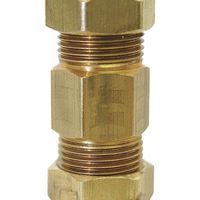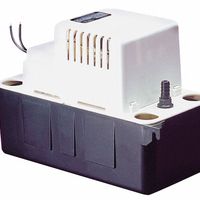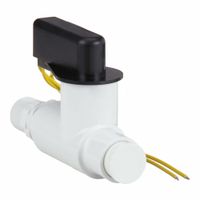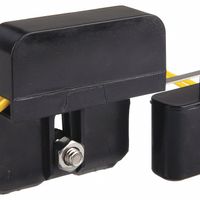Condensate Pumps & Pan Switches
Condensate removal pumps evacuate condensate from heating and cooling systems when gravity drainage is not possible. Check valves prevent condensate from backflowing into the pump's tank. In-line and in-pan switches work independently to shut-off equipment systems when blockage or overflow condition .....Read More
Frequently Asked Questions
What is a condensate removal pump?
How does a condensate removal pump work?
Why is a check valve important in a condensate pump?
How do you install a condensate removal pump?
What are the signs of a failing condensate pump?
How often should a condensate pump be cleaned or maintained?
Can a condensate pump be used for both heating and cooling systems?
What is the purpose of an in-line switch in a condensate pump system?
How do you troubleshoot a condensate pump that is not working?
What are the common causes of condensate pump overflow?



